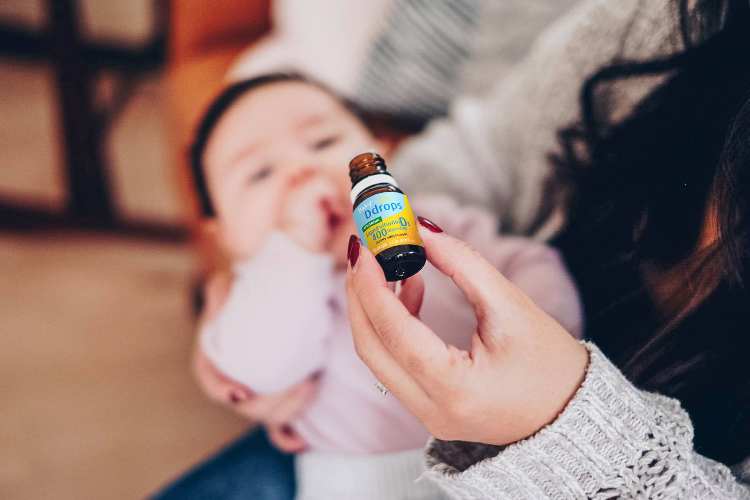August 15, 2016
Northern climates, along with modern culture, has led us to adopt a lifestyle involving significant time spent indoors. The following provides some statistics showing the frequency of vitamin D deficiency:
- Researchers estimate that 1 billion people worldwide have vitamin D deficiency or insufficiency.[1]
- An American nutritional survey looked at vitamin D deficiency. They defined vitamin D deficiency as a 25- OH vitamin D blood level of below 20 ng/mL (50 nmol/L). The overall rate of vitamin D deficiency in US adults was 41.6%, with the highest rate seen in African Americans (82.1%), followed by Hispanics (69.2%)[2]
- Similar results from the 2011 National Center for Health Data statistics found that almost 1 in 3 Americans have vitamin D blood levels below 20 ng/ml (50 nmol/L). [3].
- According to the latest lab test results from Statistics Canada, most Canadians have vitamin D blood levels lower than the optimal range.[4]
- A large study of over 2,900 Americans showed that 42% of dark-skinned girls and women aged 15 to 49 years had vitamin D deficiency.[5] This showed that those with darker skin were 10 times more likely to be vitamin D deficient.
- In another study, women in the northern United States have shown a high rate of vitamin D insufficiency during pregnancy, despite the use of prenatal vitamins.[6]
- Studies outside North America also show that other countries have similar results. The National Diet and Nutrition Survey in the United Kingdom showed that 1 in 5 people have low vitamin D blood levels. [7]
What can you do about low vitamin D levels?
The approach depends on several factors. Most importantly, healthcare practitioners should be the best resource, as they know about an individual’s medical condition, risk factors, and are familiar with the diagnosis and treatment options available in the area. Sometimes people are given a prescription for higher doses of vitamin D to be taken for a period of time. The recommended dose of vitamin D depends upon the nature and severity of vitamin D shortfall. [8]
Ddrops® products are not used to correct or treat a severe vitamin D deficiency. Where Ddrops® products often come into the picture is after a deficiency is corrected, as an ongoing way to maintain healthy vitamin D blood levels, support bone, and teeth health.
[1] Nesby-O’Dell S, Scanlon KS, Cogwell ME, et al. Hypovitaminosis D prevalence and determinants among African American and white women of reproductive age: third National Health and Nutrition Examination Survey, 1988-1994. Am J Clin Nutr 2002;76(1):187-92[2] Forrest & Stuhldreher. Prevalence and correlates of vitamin D deficiency in US adults. Nutr Res. 2011 Jan;31(1):48-54. https://www.ncbi.nlm.nih.gov/pubmed/21310306
[3] “9 Things That Can Undermine Your Vitamin D Level.” Harvard Health, Harvard Medical School
[4] Statistics Canada. Canadian Health Measures Survey. Vitamin D blood plasma concentrations in the population 2007/2008. Cat. No. 11-001-XIE
[5] Hollick MF. Vitamin D Deficiency. N Engl J Med 2007;357; 3:266-81
[6] Nesby-O’Dell S, Scanlon KS, Cogwell ME, et al. Hypovitaminosis D prevalence and determinants among African American and white women of reproductive age: third National Health and Nutrition Examination Survey, 1988-1994. Am J Clin Nutr 2002;76(1):187-92
[7] Data from years 1 & 2 of the National Diet and Nutrition Survey (NDNS) rolling programme. Low status is defined by the Department of Health as a plasma concentration of 25-hydroxyvitamin D (25(OH)D, the main circulating form of the vitamin) of below 25nmol/l




Tinggalkan komentar
Situs ini dilindungi oleh hCaptcha dan berlaku Kebijakan Privasi serta Ketentuan Layanan hCaptcha.